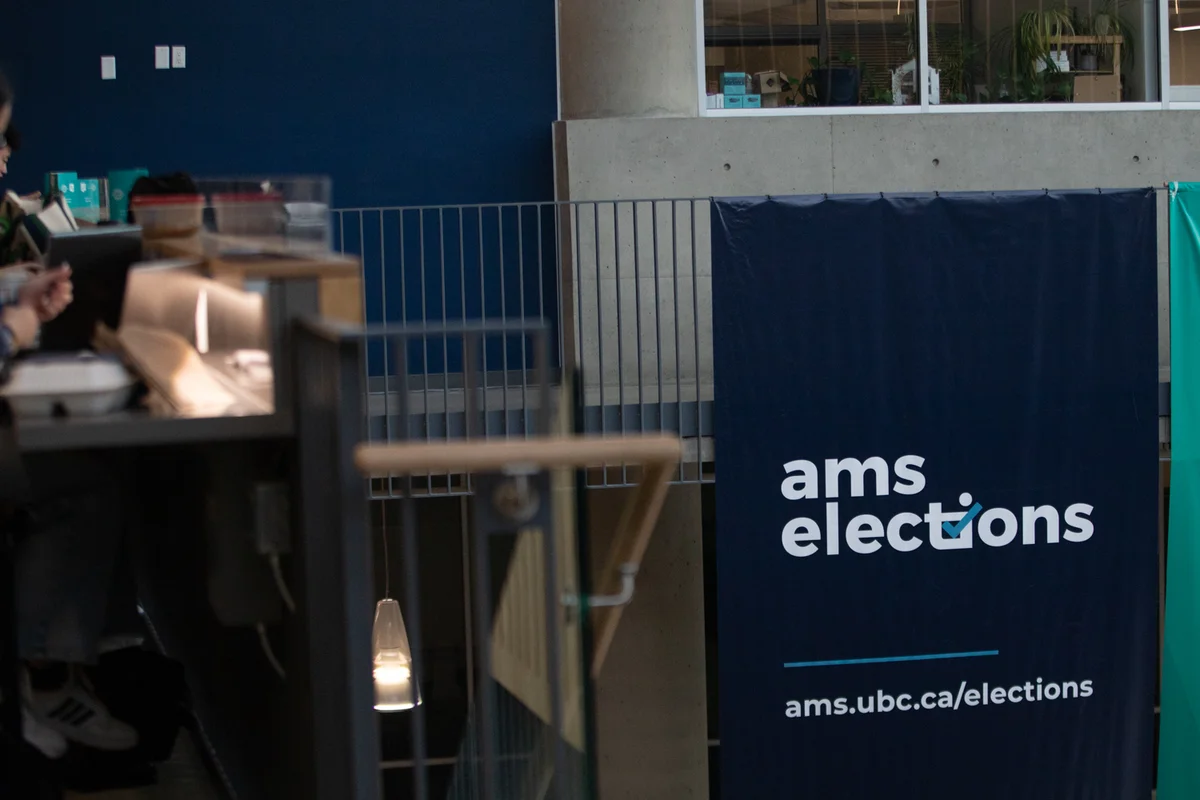
This year’s AMS Elections saw the third highest voter turnout in AMS history at 21.1 per cent.
While no Vice-President positions had any incumbents running unlike the Senate and Board of Governors races, everyone elected had either worked in the AMS, been an AMS Councillor or worked as a constituency executive.
AMS Council has yet to approve these results, making them unofficial. The Ubyssey broke down any interesting statistics so you don’t have to.
Votes upon votes
AMS Elections uses an instant run-off or single transferable vote system. Under this system, voters have the ability to rank any of the candidates in order of preference.
This year did have the highest amount of voters in a presidential election with 10,977 students casting a vote, beating last years by 140 votes.
The most contested races were Senate with nine candidates and Board of Governors with eight candidates. Both races had at least one incumbent running — Kareem Hassib and Kamil Kanji for Senate and Eshana Bhangu for Board — all of whom were re-elected.
The presidential race was also the most contested AMS executive race this elections season and in the first round of votes, Christian ‘CK’ Kyle garnered 37.7 per cent of the votes, followed by Alexandra Smith with 21.9 per cent, Brandyn Marx with 15.3 per cent and Shaun “The Bulldozer” You with 6.8 per cent — 18.2 per cent of students abstained from voting.
This year’s overall abstention rate was also much lower than last year, which saw an average of around 40 per cent of students abstaining in most races. The most amount of abstentions this year was 30.1 per cent in the VP external race.
Big Wins
VP academic and university affairs, external and finance races all had two candidates, and each race saw the winner win with over 60 per cent — the largest voting discrepancy being in VP finance where Gavin Fung-Quon won with 68 per cent.
There was only one referendum this year, which stipulated the VP finance to create a three year financial strategic plan every three years. It passed with 90.2 per cent of the vote for and only 9.8 per cent against.


